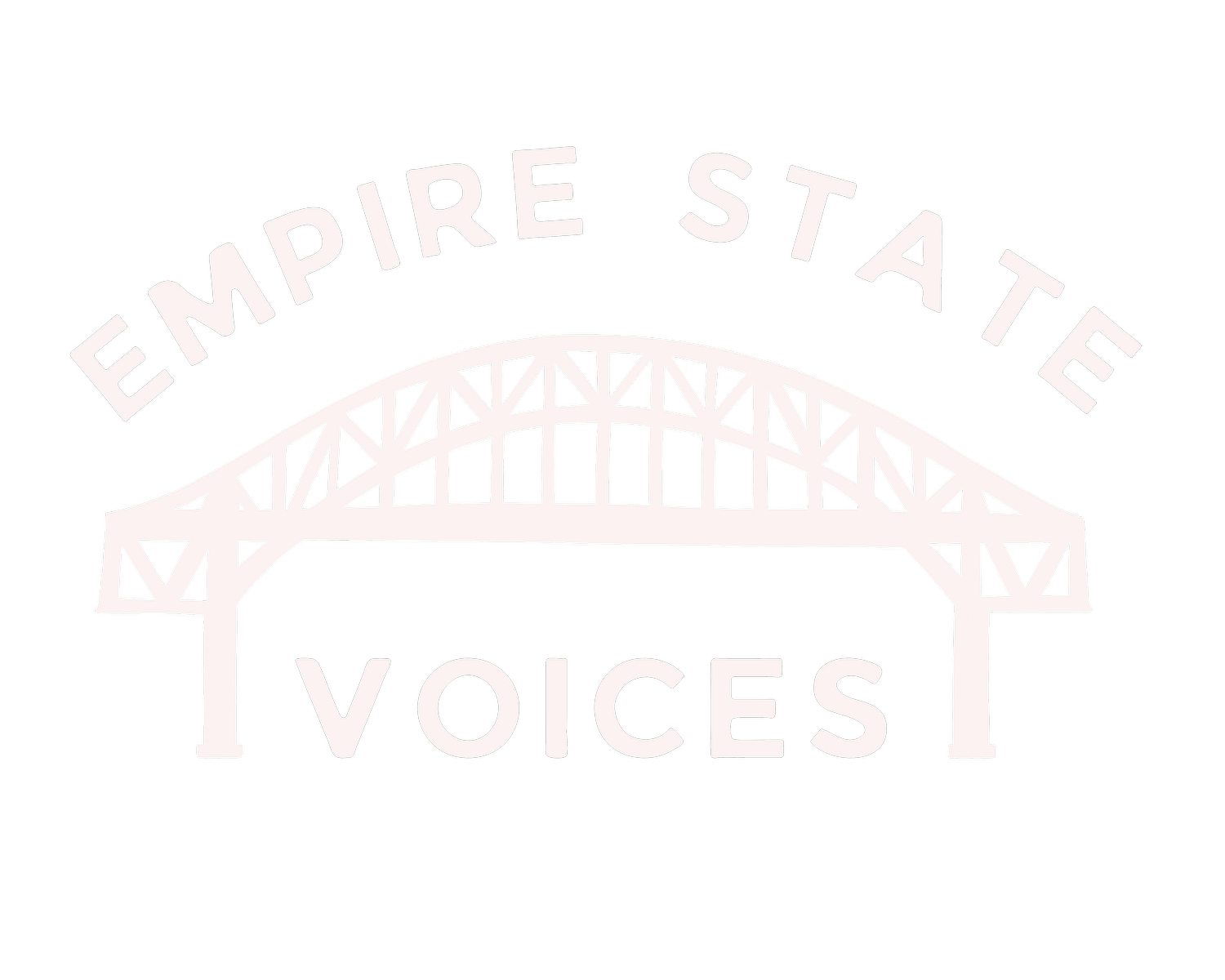
Medicaid Cuts
H.R. 1, the One Big Beautiful Bill Act, makes historic cuts to Medicaid and threatens coverage for millions
On July 4, 2025, President Trump signed into law H.R. 1, the One Big Beautiful Bill Act. The law’s almost $1 trillion in cuts to Medicaid are the largest cuts to the program in its history. Experts estimate that nationally, the law will lead to 15 million people losing health insurance coverage and anticipate higher health care costs and the risk of closure for hospitals and nursing homes, especially those located in rural areas.
-
In New York, it is currently estimated that approximately 860,000 people will lose health insurance coverage as a result of the law. The implementation of work requirements – and the accompanying often arduous and confusing administrative burden - for certain Medicaid beneficiaries starting in 2027 will drive the loss of coverage. The Congressional Budget Office estimates that work requirements will account for the largest number of individuals losing health insurance. Research shows that Medicaid coverage enables enrollees to access lifesaving care, and that the coverage reduces mortality, can assist in creating healthy habits, and can lead to higher earnings over the lifespan. Without Medicaid coverage, individuals and families will be unable to access care. Those still enrolled are likely to experience an increase in out-of-pocket costs, creating a barrier to care. When individuals lose Medicaid coverage, hospitals are still legally obligated to care for them in emergency situations, but the hospitals will go without compensation for that care. In addition, without coverage, now-uninsured individuals will lack access to primary and preventative care and will be more likely to require emergency services.
-
The law’s Medicaid cuts place the nation’s rural hospitals – many of which are already operating in a tight margin – at increased and disproportionate risk of service reductions and even complete closure, forcing individuals and families to travel further for care and hurting communities. New York is no exception, and the cuts will impact hospitals in non-rural areas, too. The Fiscal Policy Institute estimates that 70 of New York’s 156 hospitals are at risk of closure because of the law’s Medicaid cuts. These 70 hospitals receive over 25 percent of their net patient revenue from Medicaid or government appropriations. Hospitals will still be legally obligated to care for uninsured patients – a population which will increase significantly as a result of the law, as discussed above – in emergency situations, but the hospital will now go without compensation for the care, further threatening the hospitals’ bottom lines and ability to survive.
-
Currently, Medicaid provides health insurance coverage to one in ten veterans. For some of these 1.6 million people, Medicaid is their only source of coverage. According to KFF, Medicaid “helps fill gaps in coverage for veterans who are low-income, have disabilities, or are otherwise ineligible for military health benefits.” The law makes it more difficult for people to gain and maintain Medicaid coverage, and this includes veterans. Because veterans can experience particular barriers to employment – including lacking work experience outside of their military service and physical and mental health conditions related to their military service – the work requirements included in the law will pose distinct barriers to coverage for veterans.
More than 37 million people are enrolled in the Children’s Health Insurance Program (CHIP), which is a federal program that provides health insurance coverage to pregnant mothers and children whose income falls just above the Medicaid poverty level. Experts expect the Medicaid cuts and added administrative burden of work requirements to make it more difficult for children and families to maintain coverage (although parents of children aged 13 and younger are exempt from the work requirements). In addition, three in ten young adults (ages 18 through 24) enrolled in Medicaid are vulnerable to losing access to health care as a result of the law because of increased paperwork and reporting requirements, work-reporting requirements, and higher out-of-pocket costs.
The law’s Medicaid cuts will affect Kindergarten-12th grade schools, because the program is the fourth largest funder of these schools. Eighty-six percent of school districts recently reported that they use Medicaid funds to support the salaries of school health staff, including nurses, psychologists, occupational and physical therapists, and speech-language pathologists. Medicaid funding helps pay for mental and behavioral health services in more than half of the districts. Districts anticipate they will have to lay off school health staff as a result of the cuts, leading to a reduction in services for students.
-
Across the country, almost 500,000 health care jobs may be lost as a result of the cuts in the law. This would include hospitals, physician and clinic offices, pharmacies, and long-term care providers. The trend will increase unemployment rates. Estimates indicate that the cuts to Medicaid in the law could lead to the loss of 60,000 jobs in New York. Accordingly, the effects of the Medicaid cuts in the law will extend across the economy both in New York and across the nation.
